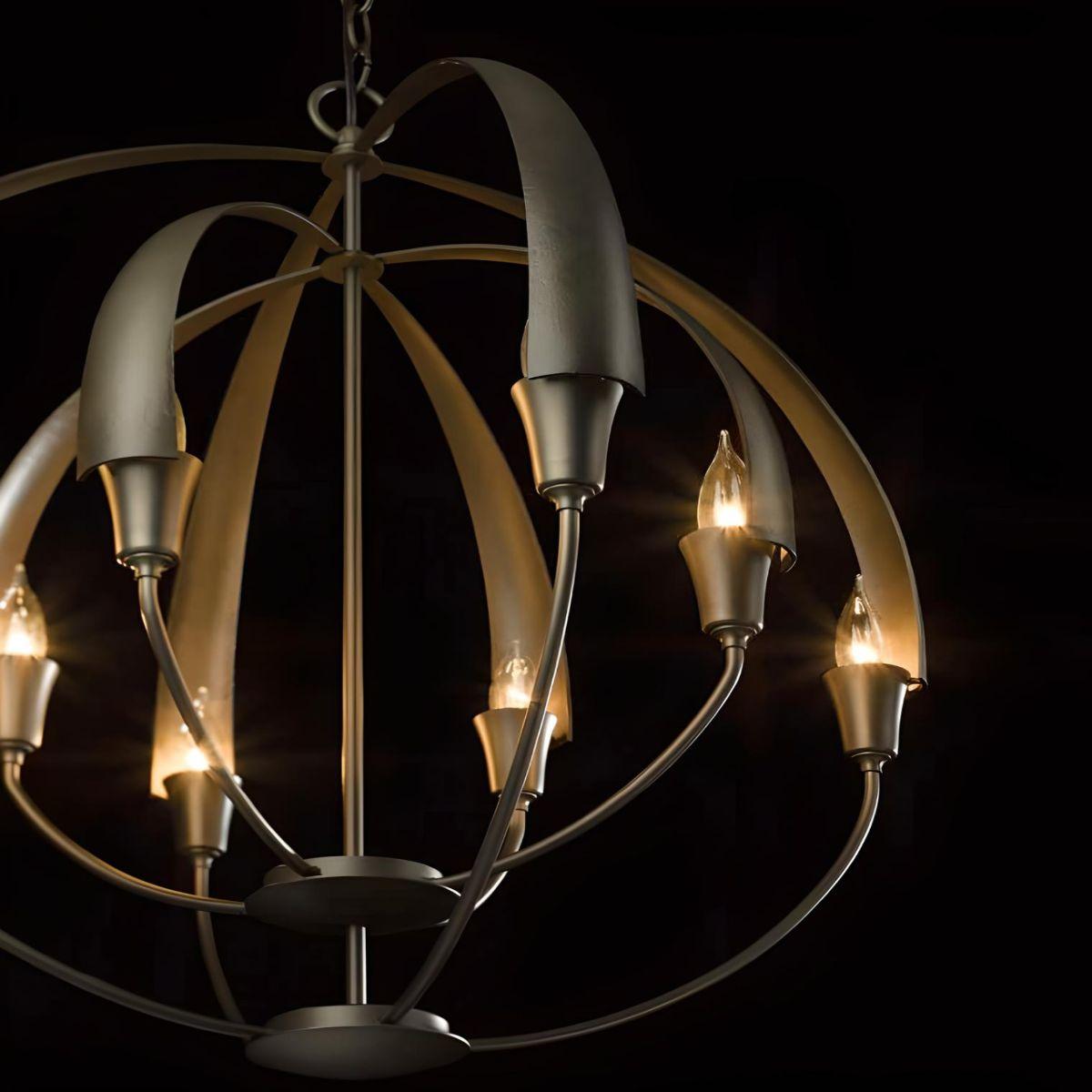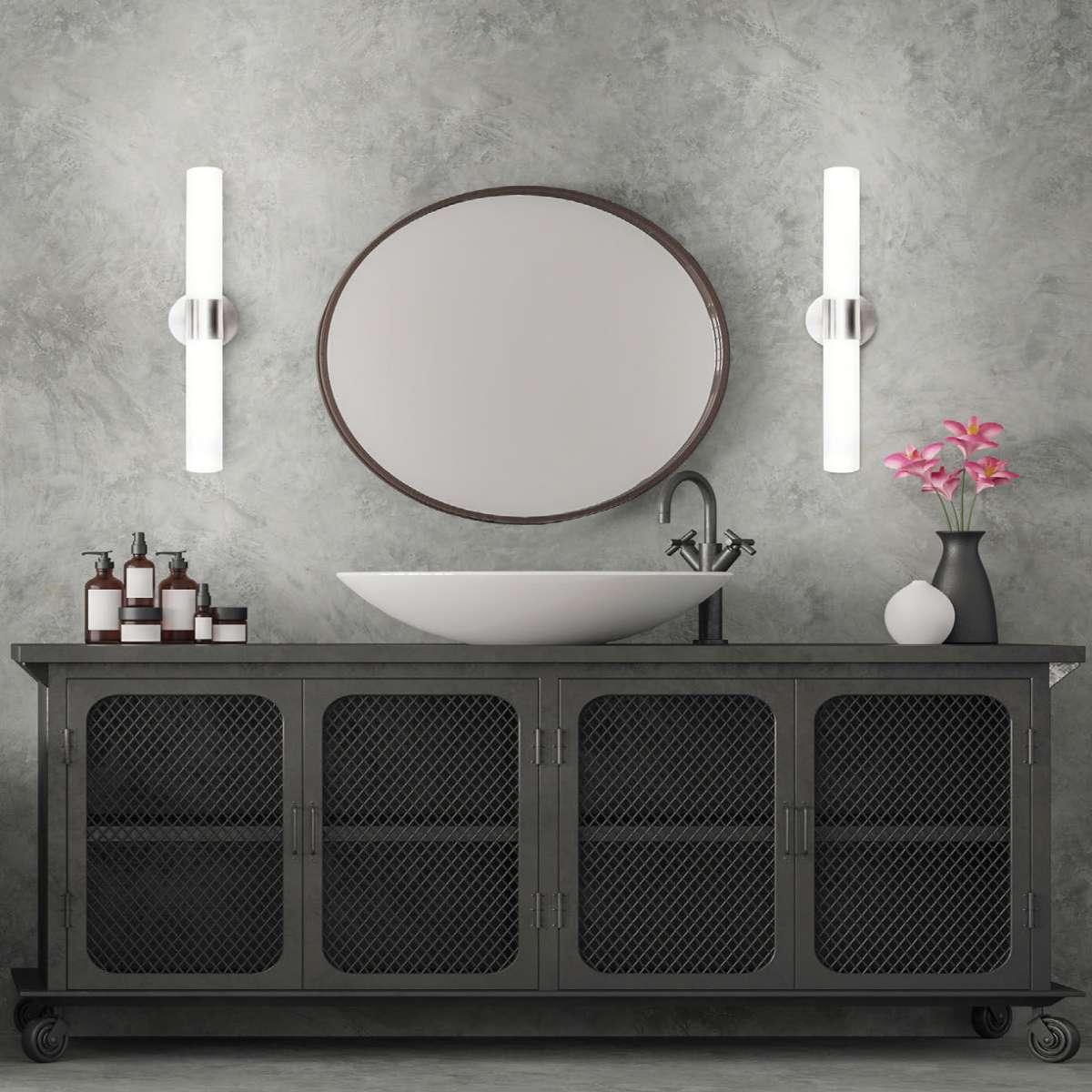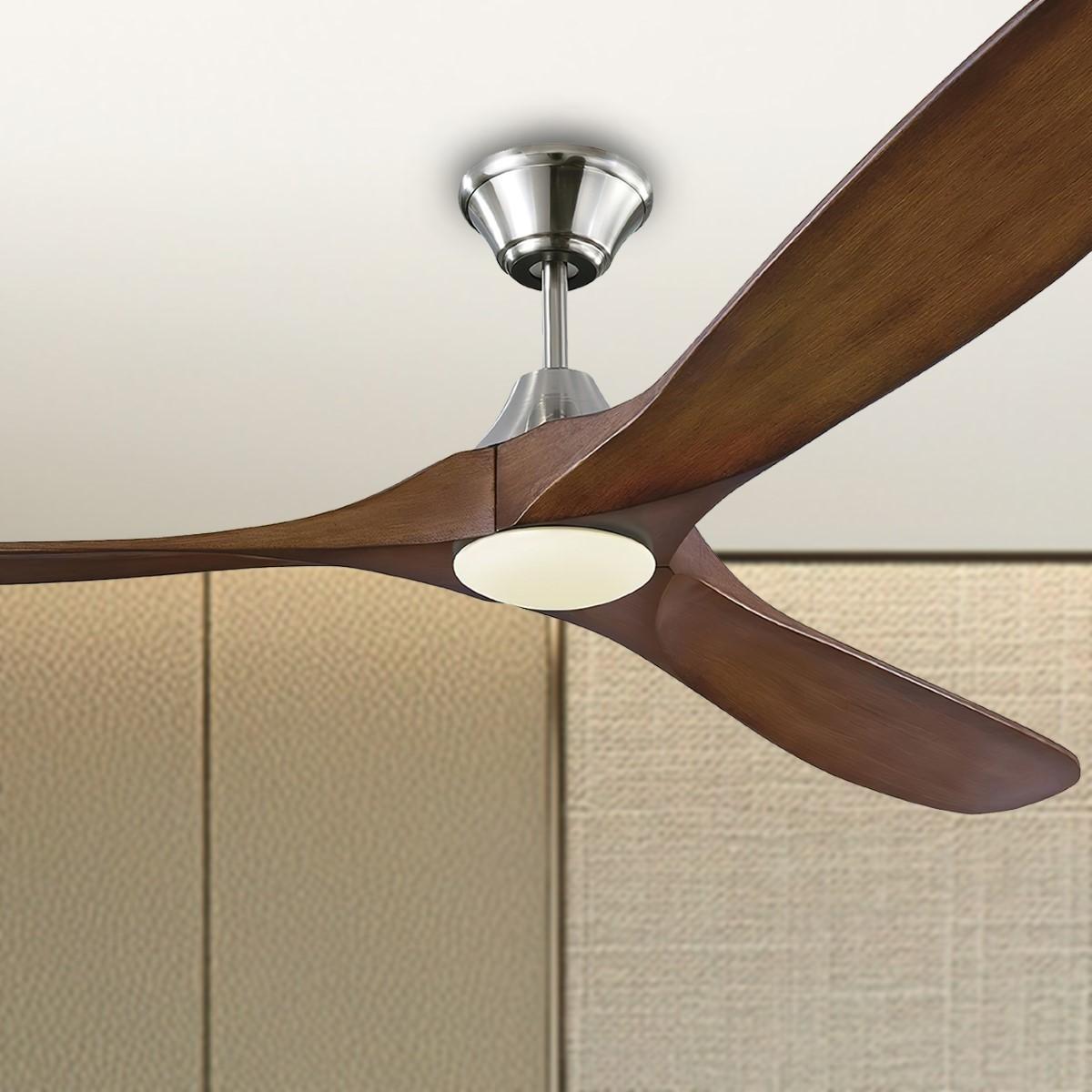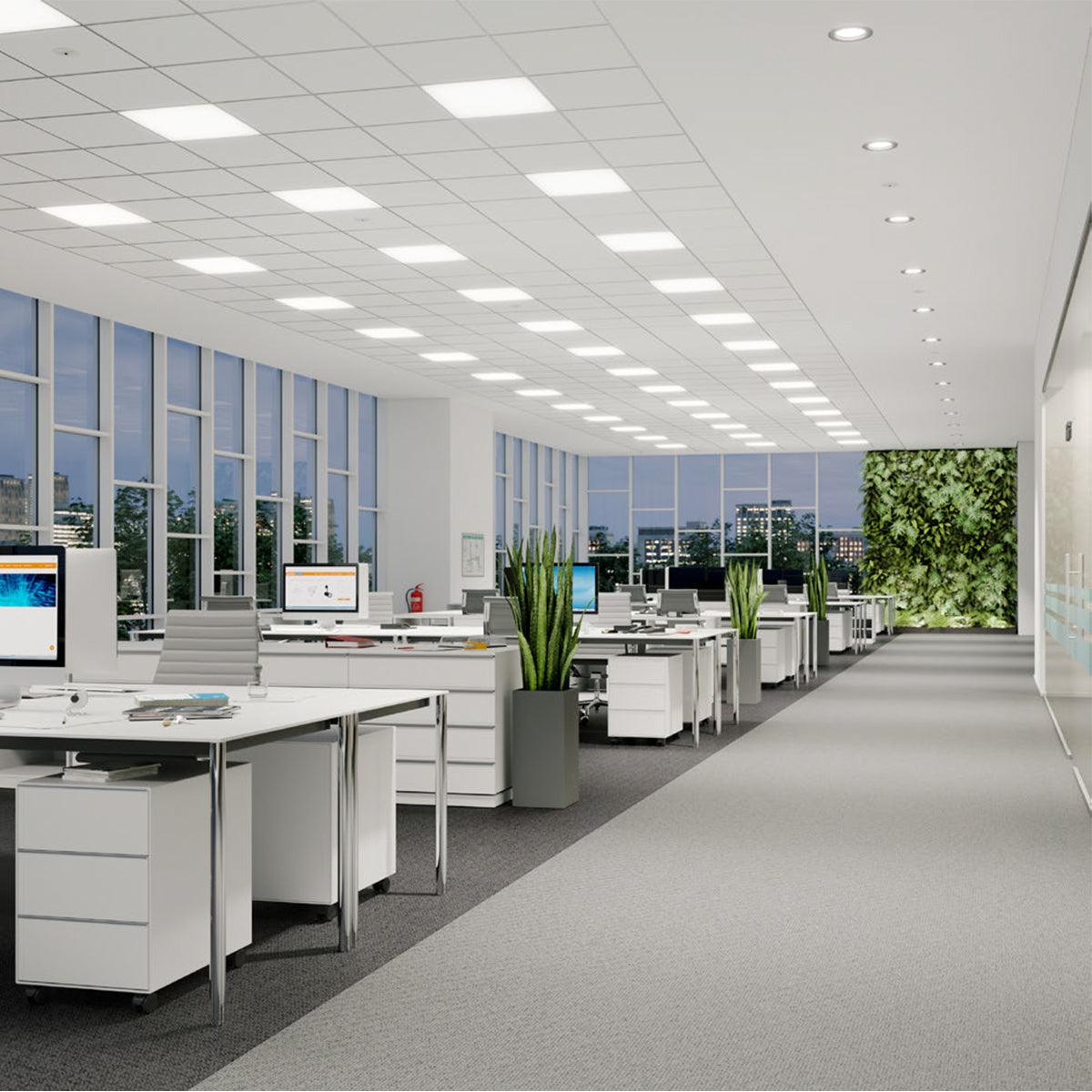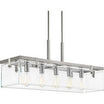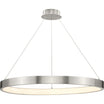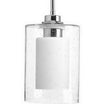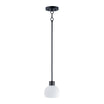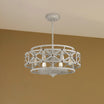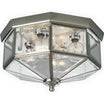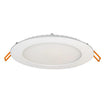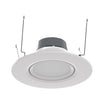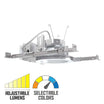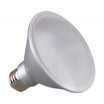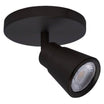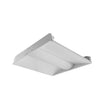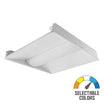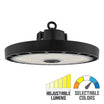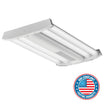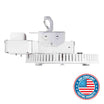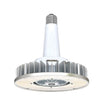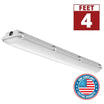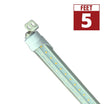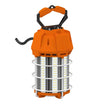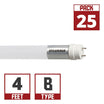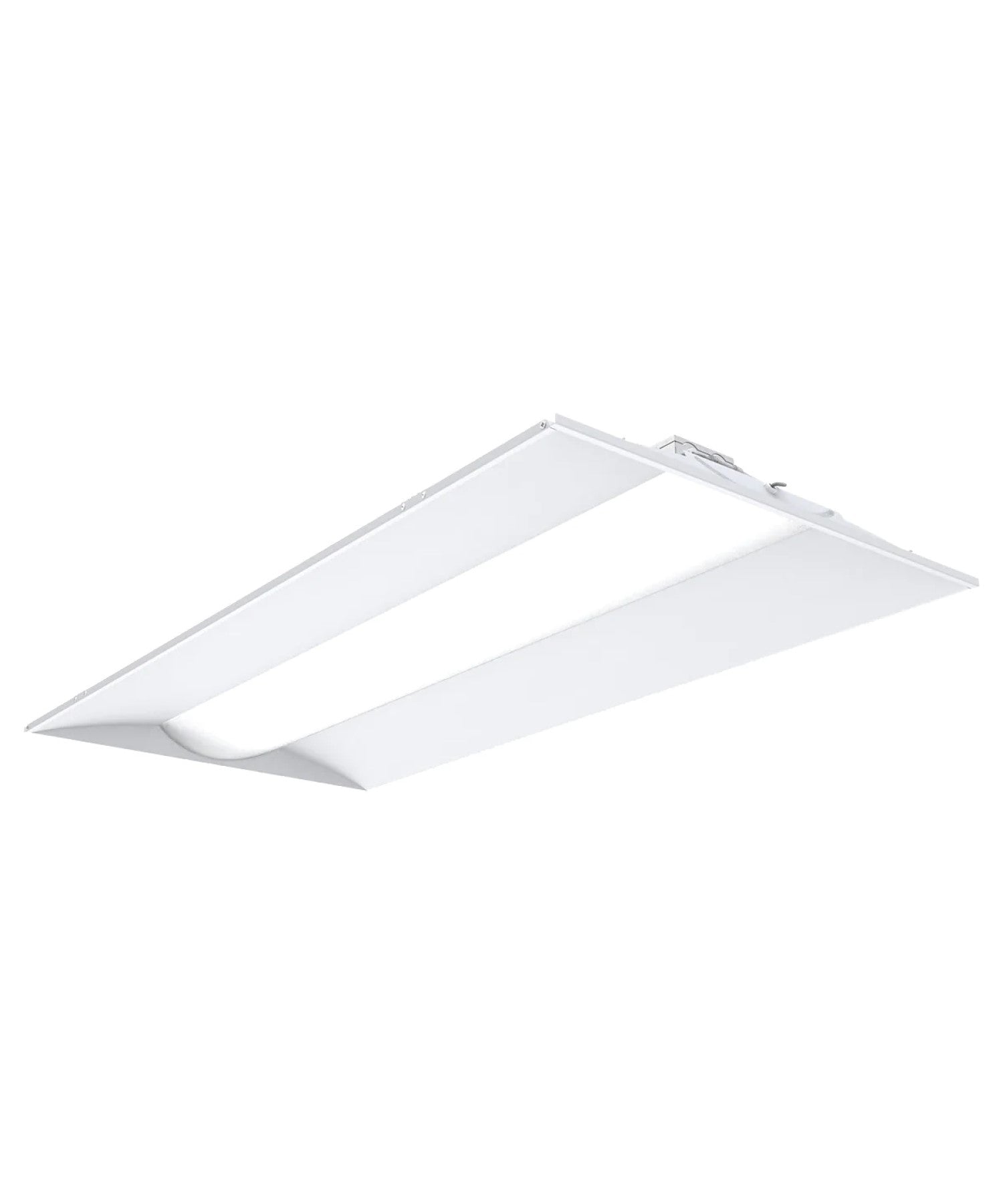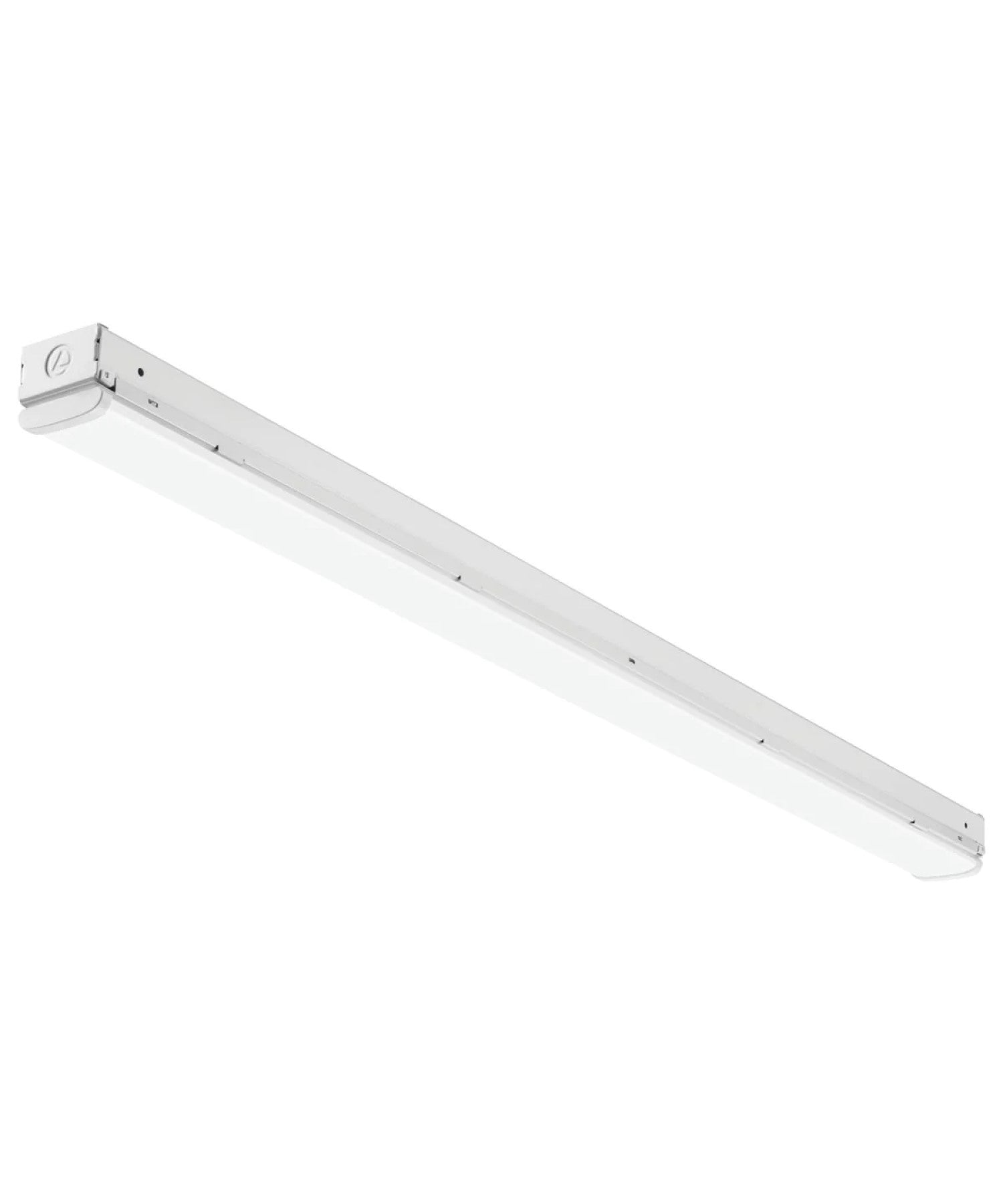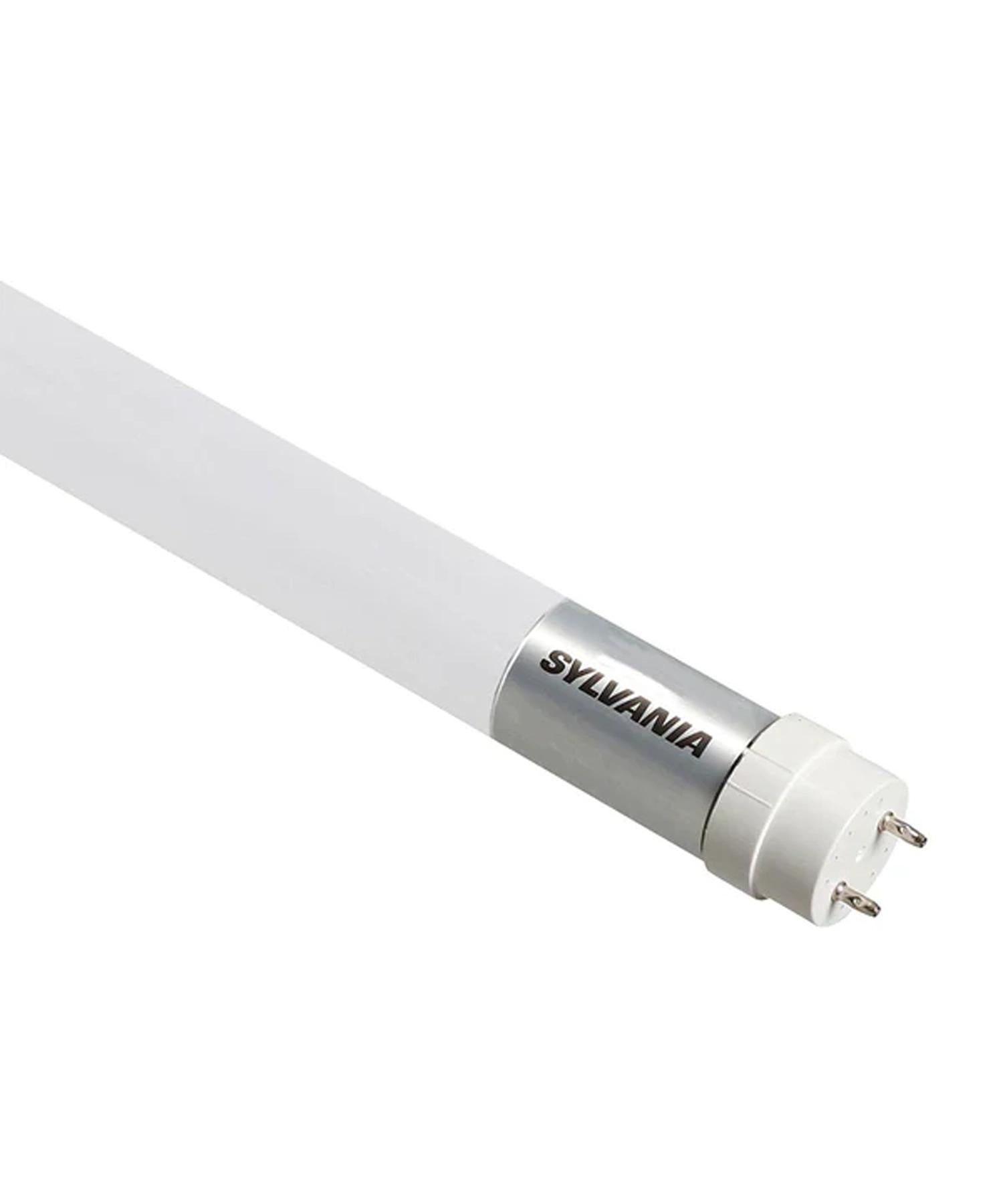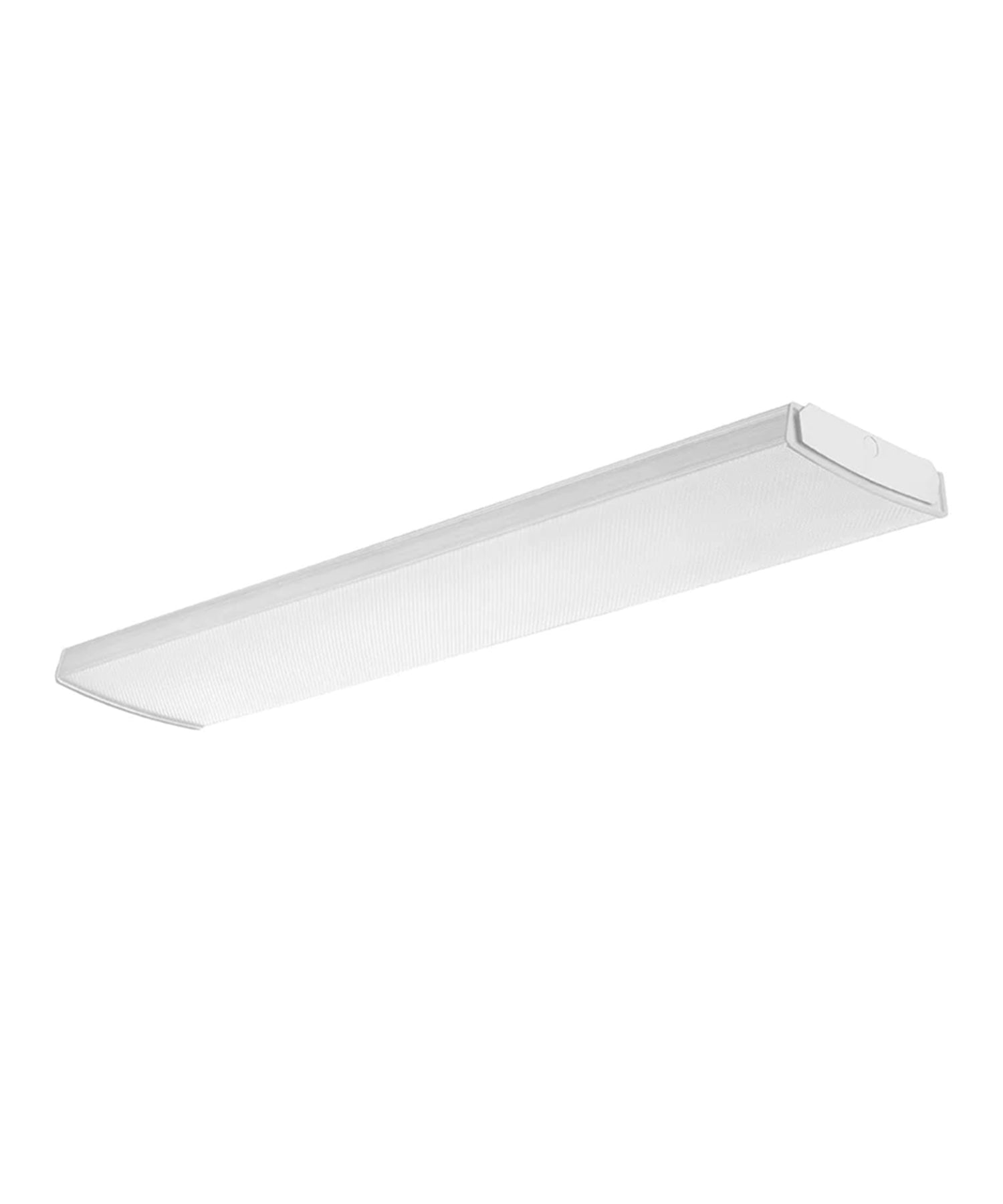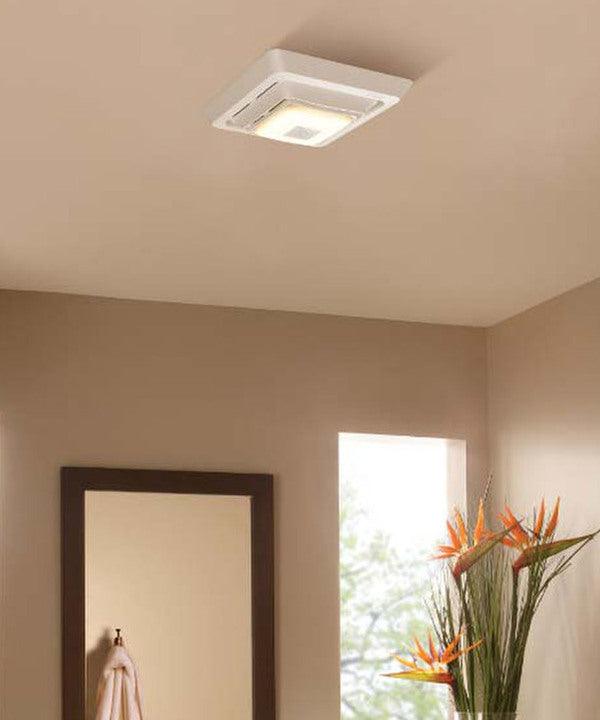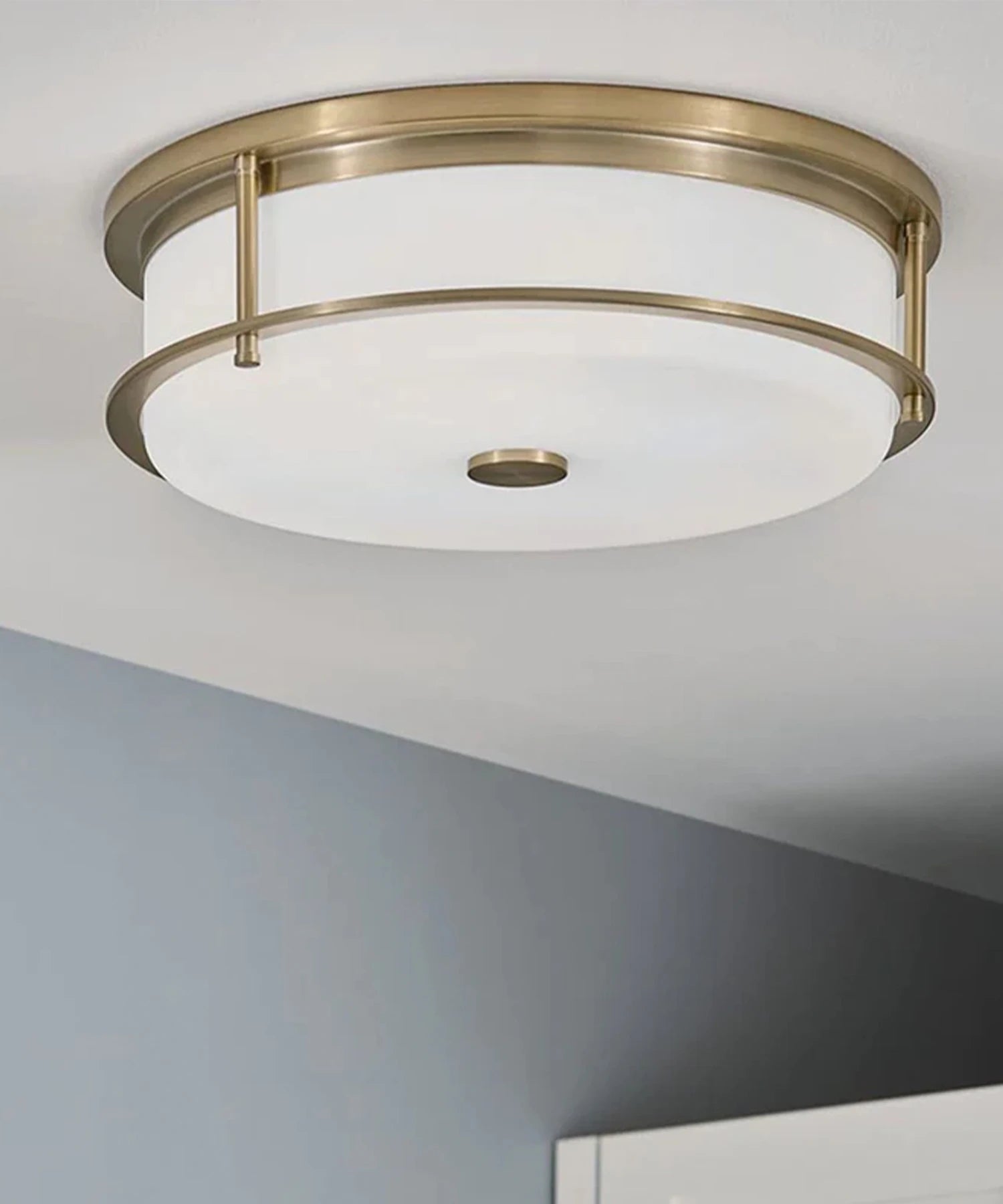The quality of office lighting can have a significant impact on both productivity and well-being. Effective lighting in the workplace is crucial for several reasons.
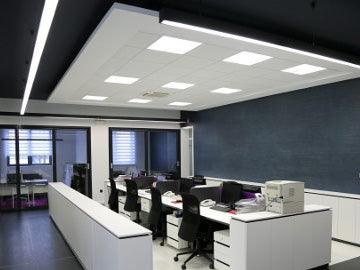
Office Lighting
Top Sellers from Office Lighting
By providing the right amount of light, productivity can be enhanced, as employees are able to work efficiently and comfortably. Firstly, it directly affects the ability to focus and concentrate. Insufficient lighting can cause eye fatigue and make it difficult to read documents or view computer screens. On the other hand, excessive brightness can lead to headaches and discomfort.
Moreover, office lighting also plays a role in overall well-being. Natural light has been proven to have psychological benefits, such as boosting mood and reducing stress. Access to natural light can improve circadian rhythm, helping us maintain a healthy sleep-wake cycle. Conversely, lack of exposure to natural light can lead to vitamin D deficiency, which has been linked to various health issues. Therefore, incorporating natural light into the workspace can have a positive impact on employee health and happiness.
Natural Light vs. Artificial Light in the Workspace
One of the key considerations when it comes to office lighting is the balance between natural light and artificial light. Natural light refers to the illumination provided by the sun, while artificial light is generated by man-made sources. Both types of lighting have their own advantages and can be used in combination to create an optimal work environment.
Natural light has several benefits in the workplace. It is known to enhance mood and promote a sense of well-being. Exposure to natural light can also improve sleep quality and regulate our body's internal clock. Additionally, natural light provides a more accurate representation of colors, which can be beneficial for tasks that require accurate color perception, such as graphic design or product evaluation.
On the other hand, artificial light is necessary for areas with limited or no access to natural light. It allows for consistent illumination throughout the day and can be adjusted to meet specific lighting requirements. Artificial light sources such as LED lights can be customized to mimic the color temperature of natural light, providing a similar visual experience. Moreover, artificial light can be controlled to minimize glare and provide adequate lighting for different tasks.
The Importance of Proper Lighting in Different Areas of the Office
Not all areas of the office require the same type and intensity of lighting. Different tasks and activities demand specific lighting conditions to optimize productivity and comfort. Let's take a closer look at the importance of proper lighting in different areas of the office:
General office areas: In open office spaces or common areas, general lighting is essential to provide overall illumination. LED panel lights can be used to evenly distribute light throughout the space. It is important to ensure the lighting is not too bright or too dim, as this can cause discomfort and eye strain.
Task-specific areas: Areas such as workstations, conference rooms, and meeting areas require task-specific lighting. Task lights or adjustable desk lamps can be used to provide focused illumination for reading, writing, or other detailed tasks. These lights should be adjustable to meet individual preferences and avoid glare or shadows on work surfaces.
Break and relaxation areas: Break and relaxation areas should have a more relaxed and inviting atmosphere. Natural light, if available, can be incorporated through windows or skylights. Soft, warm lighting from pendant lights or wall sconces can create a calming ambiance, promoting relaxation during breaks.
By providing appropriate lighting for each area of the office, employees can work comfortably and efficiently, reducing eye strain and fatigue.
Choosing the Right Color Temperature for Office Lighting
Color temperature is an important consideration when selecting office lighting. It refers to the perceived warmth or coolness of light and is measured in Kelvin (K). Different color temperatures can create different moods and have varying effects on productivity. Here are some common color temperatures and their recommended uses:
- Cool white (5000K-6500K): Cool white light is often used in areas where visual tasks requiring high concentration are performed, such as design studios or laboratories. It provides a bright and energizing light that can help improve focus and alertness.
- Neutral white (3500K-4500K): Neutral white light is commonly used in general office areas. It offers a balanced and comfortable illumination that is suitable for most tasks. Neutral white light promotes a sense of calmness and productivity without being too harsh or dim.
- Warm white (2700K-3000K): Warm white light creates a cozy and inviting atmosphere. It is often used in break rooms, relaxation areas, or reception areas to promote relaxation and comfort. Warm white light can help employees unwind during breaks and create a more welcoming environment for visitors.
When choosing the color temperature for office lighting, it is important to consider the specific tasks and activities performed in each area. A combination of different color temperatures can be used to create a dynamic and functional workspace.
Energy-Efficient Office Lighting Options
In today's environmentally conscious world, energy efficiency is a key consideration in office lighting. Energy-efficient lighting not only helps reduce electricity consumption but also contributes to cost savings. Here are some energy-efficient office lighting options to consider:
- LED lights: LED lights are one of the most energy-efficient lighting options available. They use significantly less energy compared to traditional incandescent or fluorescent lights. LED lights also have a longer lifespan, reducing the need for frequent replacements. By switching to LED lights, offices can reduce their energy consumption and contribute to a greener environment.
- Occupancy sensors: Occupancy sensors are devices that automatically turn off lights when a space is unoccupied. These sensors use motion detection technology to determine when lighting is needed. By installing occupancy sensors in areas such as conference rooms, restrooms, or storage areas, energy waste can be minimized.
- Daylight harvesting: Daylight harvesting is a lighting control strategy that utilizes natural light to reduce the need for artificial lighting. Light sensors are installed to detect the level of natural light and adjust artificial lighting accordingly. This ensures that lights are only used when necessary, resulting in energy savings.
By implementing energy-efficient lighting options, offices can not only reduce their carbon footprint but also save on energy costs in the long run.



